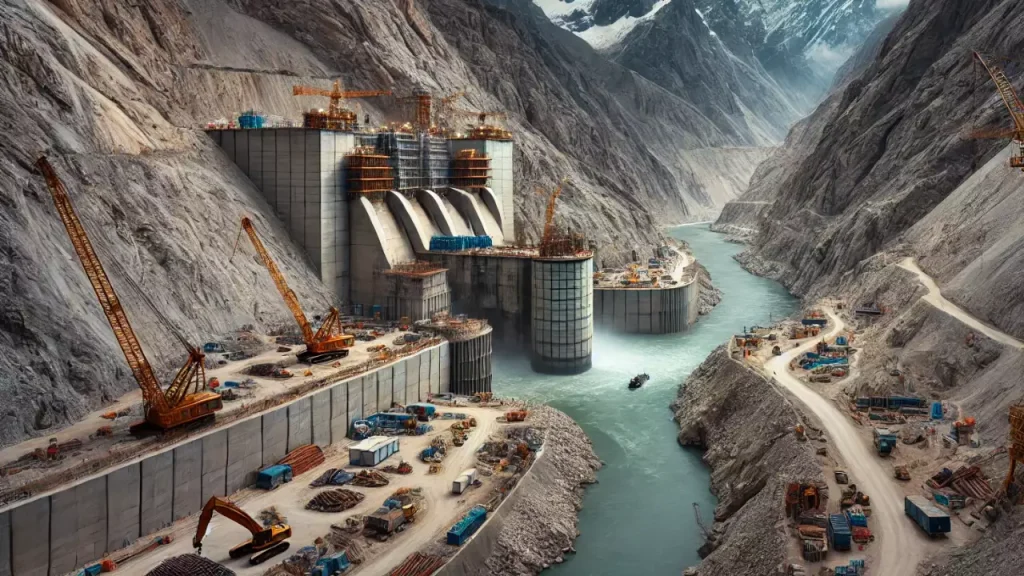Context:
Recently, China has approved the construction of the world’s largest dam, on the Brahmaputra River in Tibet close to the Indian border.
About the Project:
This hydropower dam is to be built at a huge gorge in the Himalayan reaches where the Brahmaputra makes a huge U-turn to flow into Arunachal Pradesh, India.

The total investment in the dam could exceed one trillion yuan ($137 billion) which is more than four times the cost of the current largest Three Gorges Dam ($31.765 billion).
This Dam is estimated to produce 300 billion kilowatt-hours (kWh) of electricity annually, which is more than thrice of the ‘Three Gorges Dam’, which was designed to produce 88.2 billion kWh.
- Three Gorges Dam (gravity dam) is located on the Yangtze River (the third longest (6300 Km) river in the world) in the Hubei province, China.
The Brahmaputra dam was included in China’s 14th Five-Year Plan (2021-2025) and its long-term development goals for 2035, which were approved by the Communist Party of China (CPC) in 2020.
It could generate income of 20 billion yuan ($3 billion) annually for the Tibet Autonomous Region.
According to Chinese experts, the lower reaches area around the dam features a vertical drop of 2,000 metres over a 50km distance, representing nearly 70 million kilowatts of resources that could be harnessed.
- India is also planning to build India’s second-largest dam (capable of storing around 10 billion cubic metres (BCM) of water) on the River Brahmaputra at Yingkiong in Arunachal Pradesh.
India’s Concern with the Dam
- As the upper riparian state, China’s control over the dam could affect the quantity of water available downstream, increasing India’s concerns.
- India raised concerns that the project could potentially alter not only the local ecology but also the flow and course of the river downstream.
- This dam will allow China to control water flow and potentially release large amounts of water to flood border areas during hostilities.
- The project may exacerbate geopolitical tensions between India and China, sowing the seeds of “water wars” between the two nations.
About Brahmaputra River
- The river (2900 km) originates from the Kailash ranges of the Himalayas at an elevation of 5300 M.
- It takes a U-turn at Namcha Barwa, a 7,757 meter peak in the Tibetian Himalayas.
- The river, known as the Yarlung Tsangpo in southern Tibet, flows through dramatic gorges in the Himalayas and enters Arunachal Pradesh, where it is called the Dihang.
- Just west of Sadiya, the Dihang veers southwest and is joined by the Lohit and Dibang rivers.
- After their confluence, the river takes on the name Brahmaputra.
- It continues through Bangladesh as the Jamuna, eventually merging with the Ganga to create the expansive Sundarbans delta

